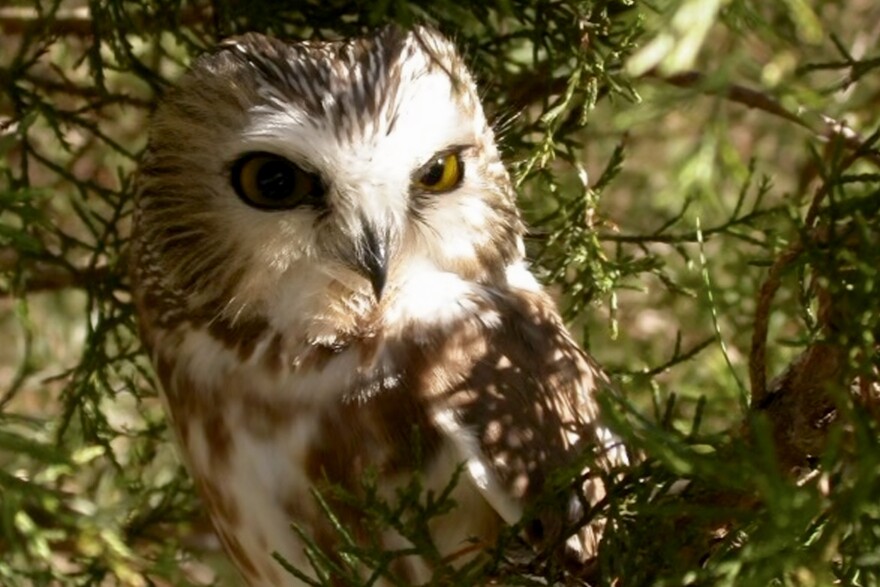For conservationists like Erin Shank, a wildlife biologist with the Missouri Department of Conservation, data collected by various citizen science initiatives is important to track bird populations that are declining due to climate change and avian influenza.
Starting Wednesday, people in the St. Louis region can participate in one of these initiatives right in their own backyard. Until Jan. 5, the Christmas Bird Count will take place at Pere Marquette State Park, Weldon Springs Wildlife Area and a variety of other spots in the region.
This year is the 123rd anniversary of the census, the longest-running citizen science project in the world. The National Audubon Society organizes every Christmas count. It replaced the Christmas “side hunt,” held before the turn of the 20th century, in which hunters would collect the feathers of the birds they killed.
Frank M. Chapman, an ornithologist and early officer for the Audubon Society, noticed a rapid decline in bird populations in 1900. That’s when Chapman proposed what became a tradition, in which people could count and watch birds instead of hunt them.
Birds along the Mississippi Flyway are in precipitous decline, Shank said. According to the Centers for Disease Control and Prevention, 48 states have reported 4,362 cases of bird flu in wild birds like geese and eagles. Shank believes this inspires birders to participate in citizen science.
“When something you love is threatened, it can definitely motivate you to get out there and do what you can to help conserve those species,” she said.
For eight to 12 hours a day over the next three weeks, birders will spend one day counting and keeping track of the birds they see and hear. For St. Louis birder Joe Eades, it’s a great way to get outside and enjoy some winter sunshine.
“You count everything on a Christmas count. All the species and the individual birds of each species like northern cardinals,” Eades said. “You might end up with dozens of those on your list for the day.”
Global warming also is altering bird habitat and shifting the migrating season for many species, said Shank’s biology assistant, Miranda Wilkinson. “We are seeing major changes in the range of different bird species due to climate change. Different winter patterns have caused bird migrations to shift,” Wilkinson said.
This means some birds could end up in unexpected places. Eades wants to find any species that is not expected to be in the region. It’s possible birders might encounter a Say’s phoebeduring this year’s Christmas bird count. Widespread in western North America, it is rarely seen in Missouri but was spotted on Dec. 11, according to eBird, a bird identification database.
One year, Eades found a varied thrush at Pere Marquette State Park. The orange and gray thrush looks like a fancy robin with a black collar. It is from the Pacific Northwest. Some populations migrate short distances along the coast, while others stay in one place between western Oregon and Washington, said Eades.
Eades found it during a Christmas count in St. Louis in 1976. “I think that's always sort of the bird that is my North Star for Christmas bird count,” he said.
The Audubon Society has data on bird population distribution dating back to 1900. After each census the environmental organization compiles the data, making it publicly available.
Last season, 2,621 birds were counted, and 81,601 birders participated. A 2022 study using 90 years of Christmas bird count data showed the ways birds are responding to climate change, according to the organization.
“Experts watch those trends over the years,” Wilkinson said. “They keep a good running number of the different species you see during the Christmas count, and if they see a low year they ask what's going on with that species, is it affected by influenza? Or is it affected by climate change?”





